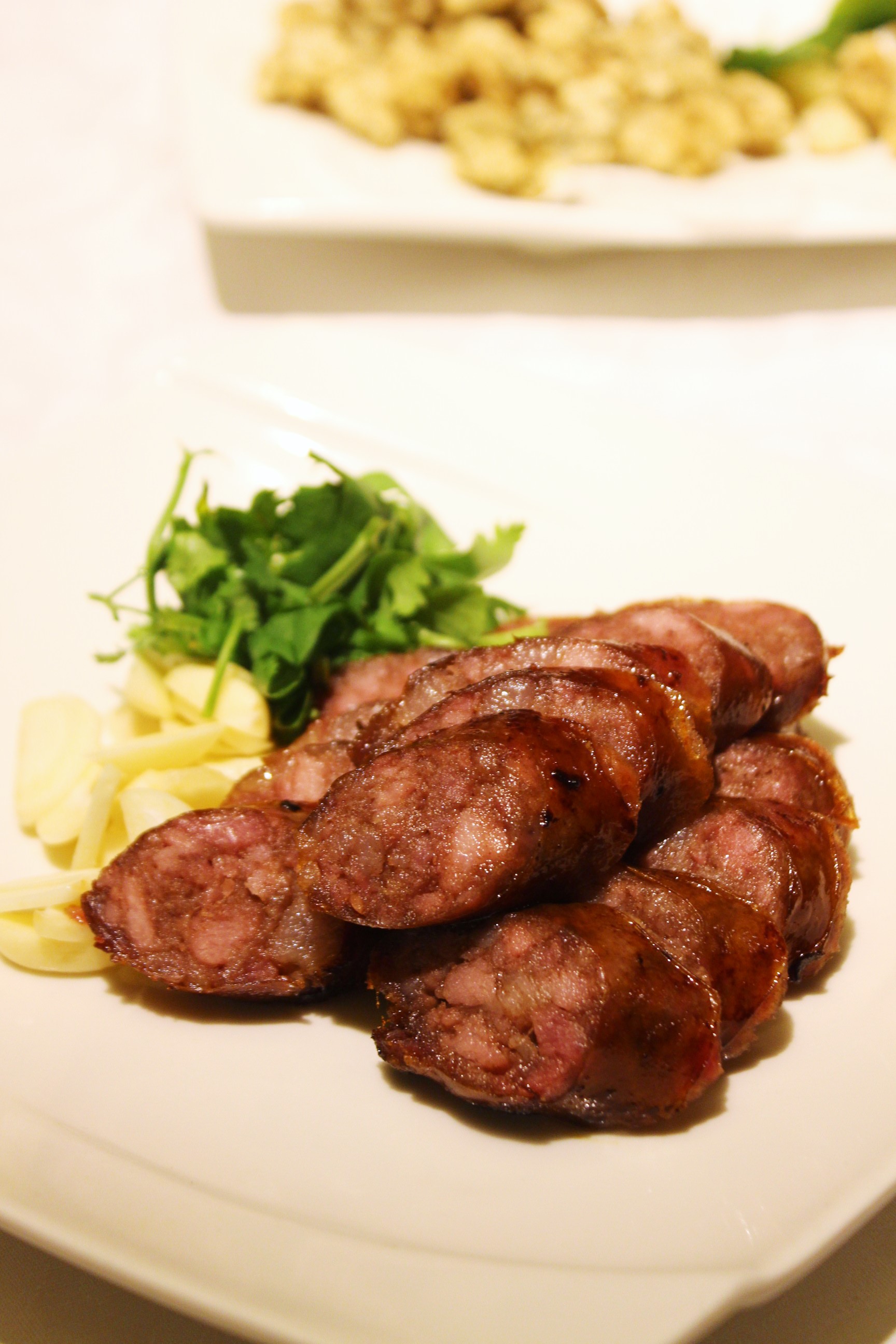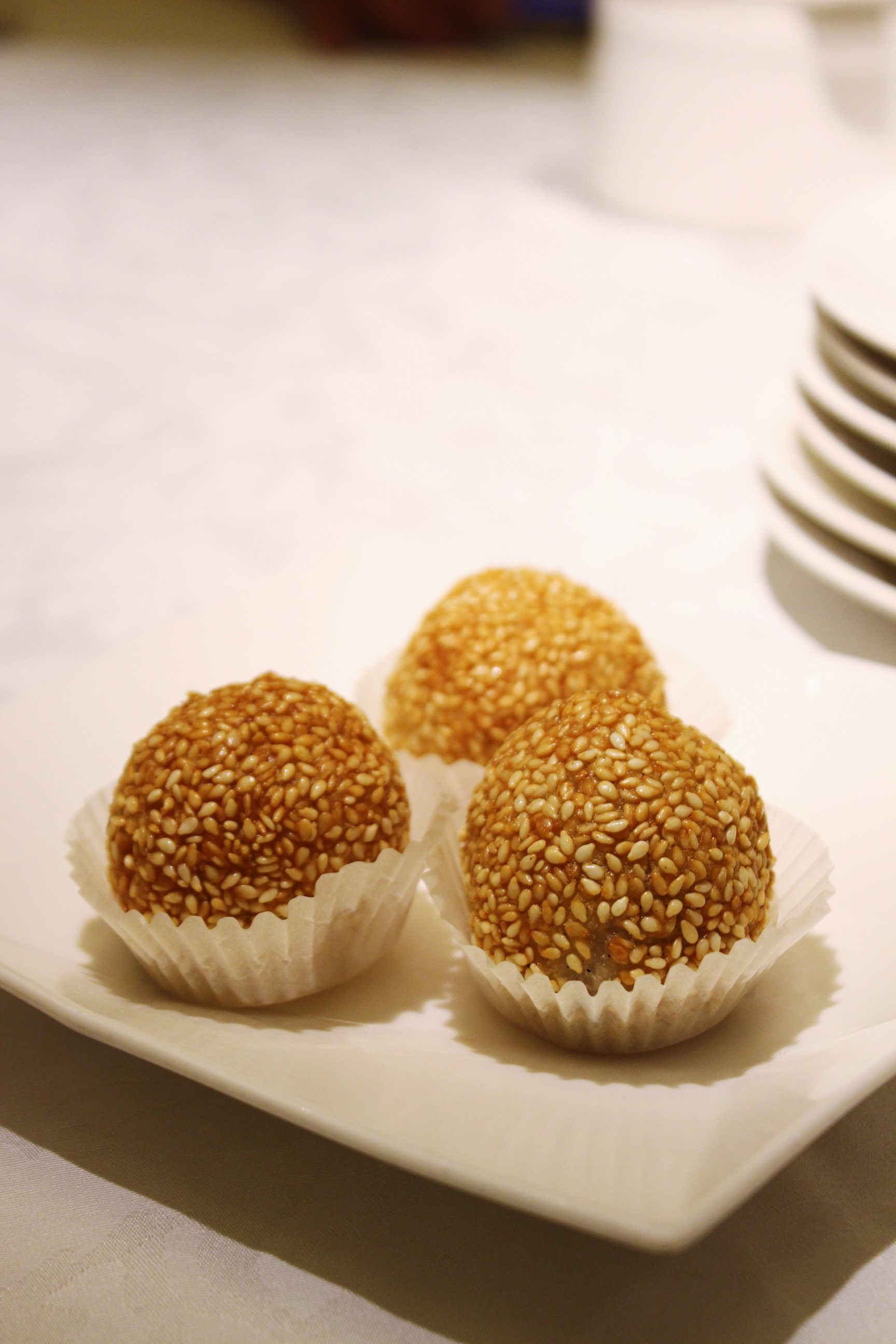Shin Yeh: A True Immersion into Taiwanese Cuisine
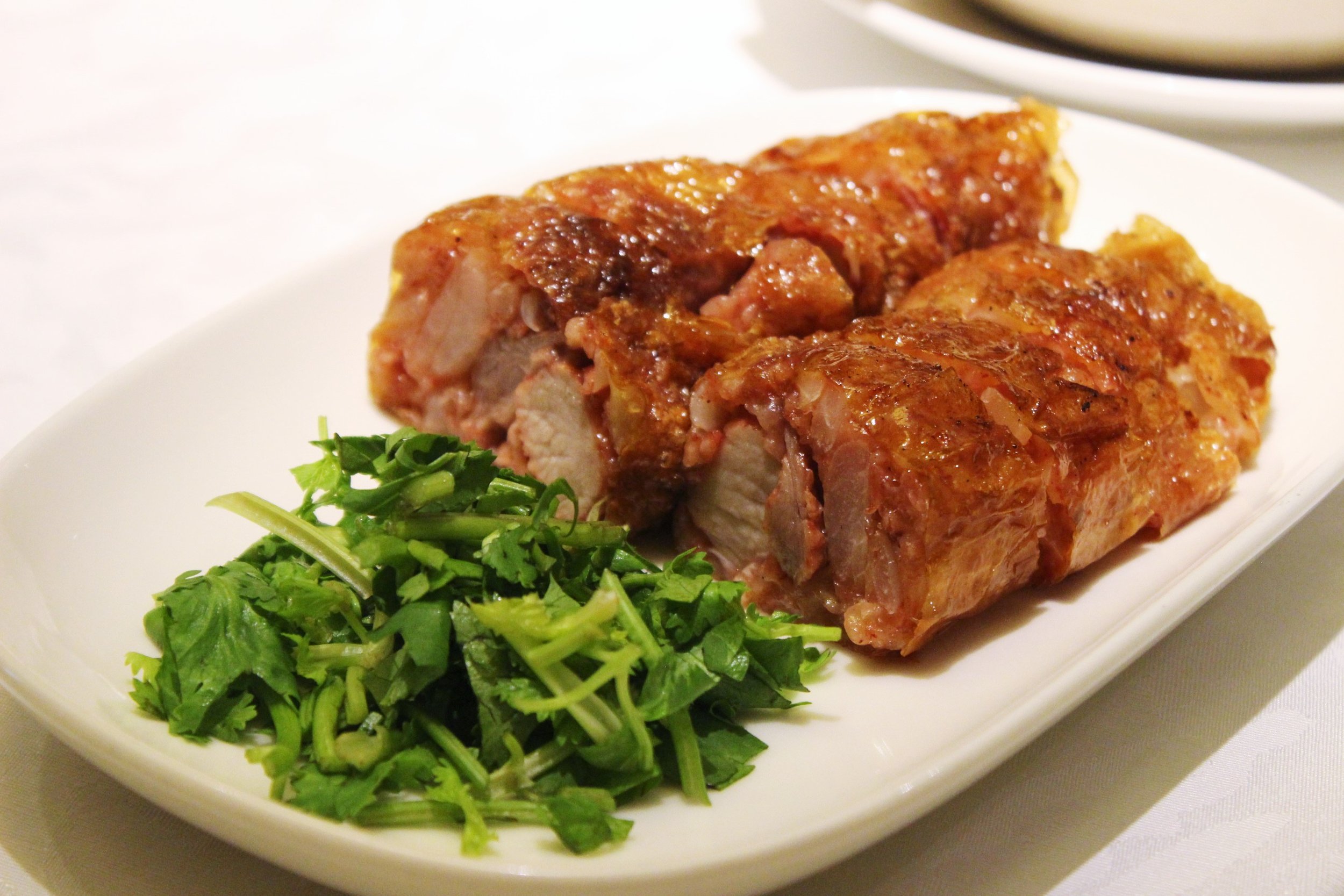
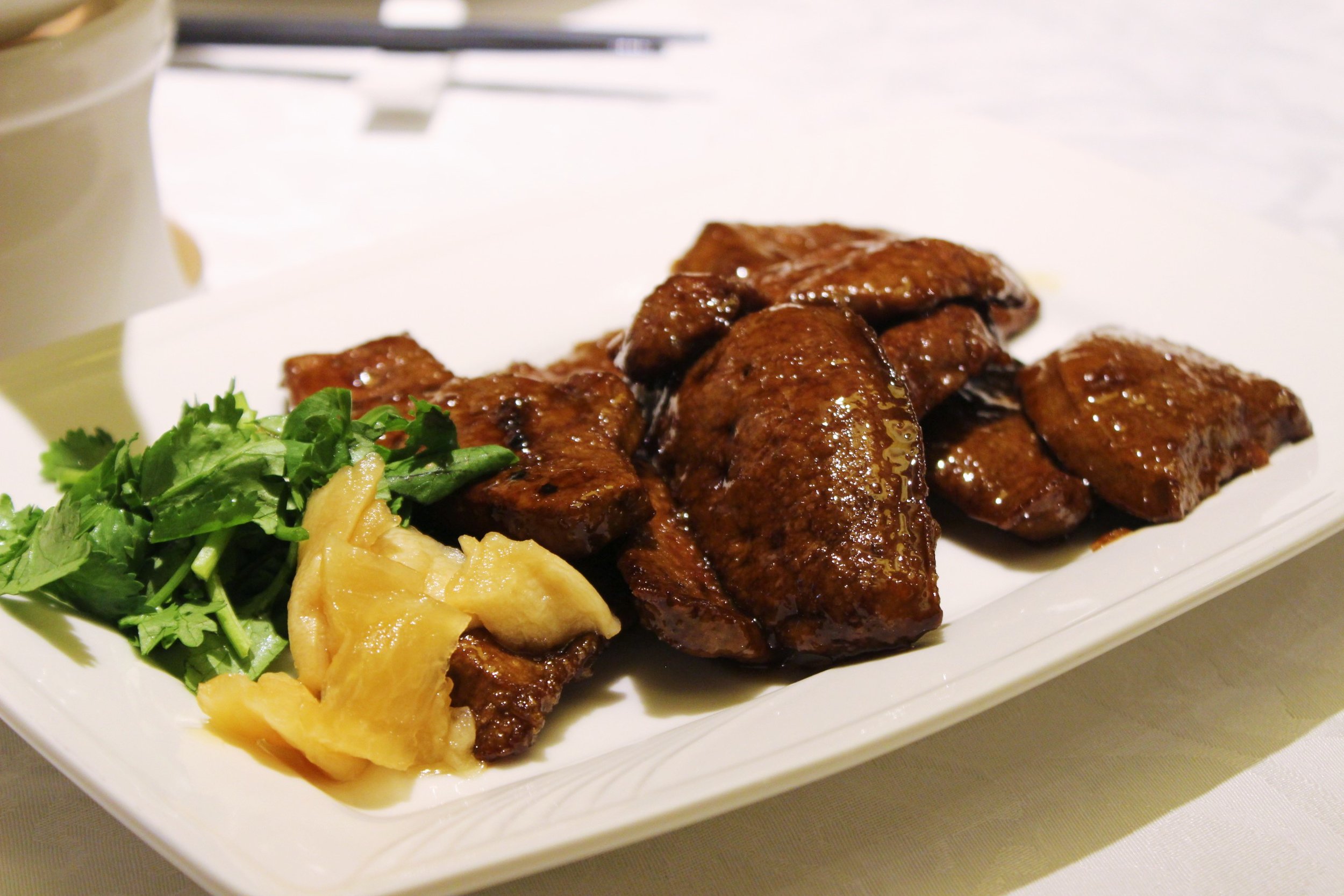
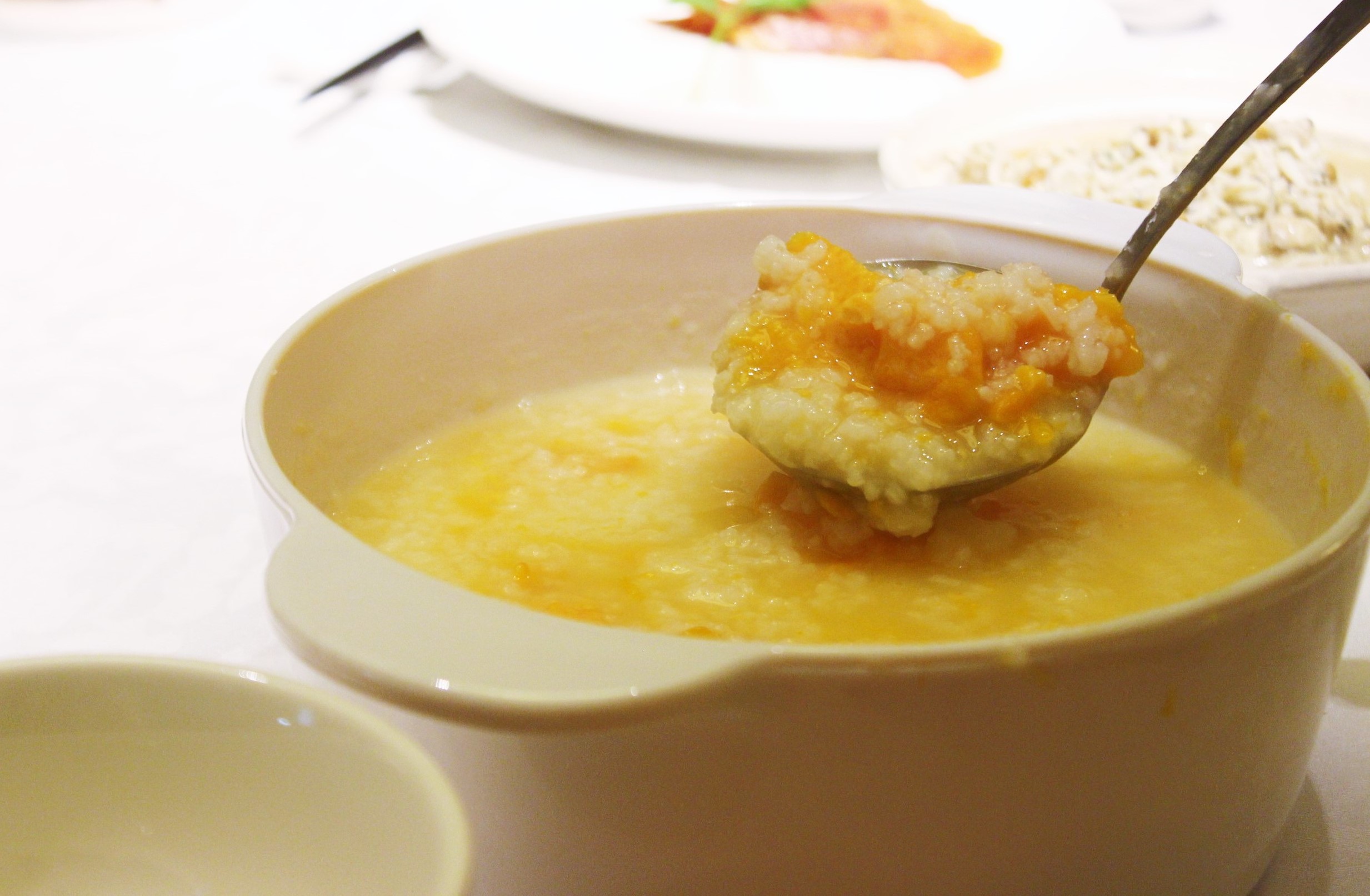
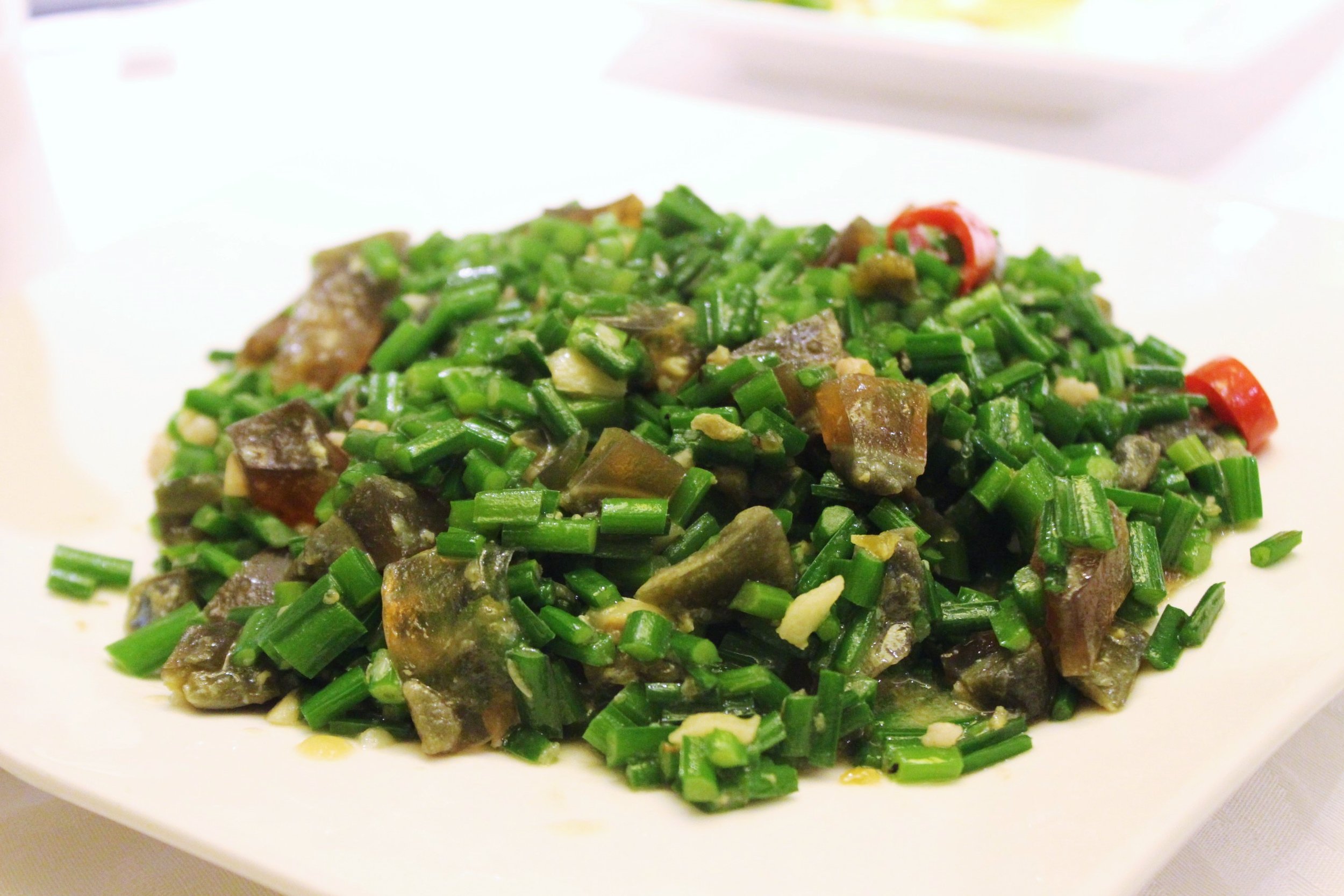
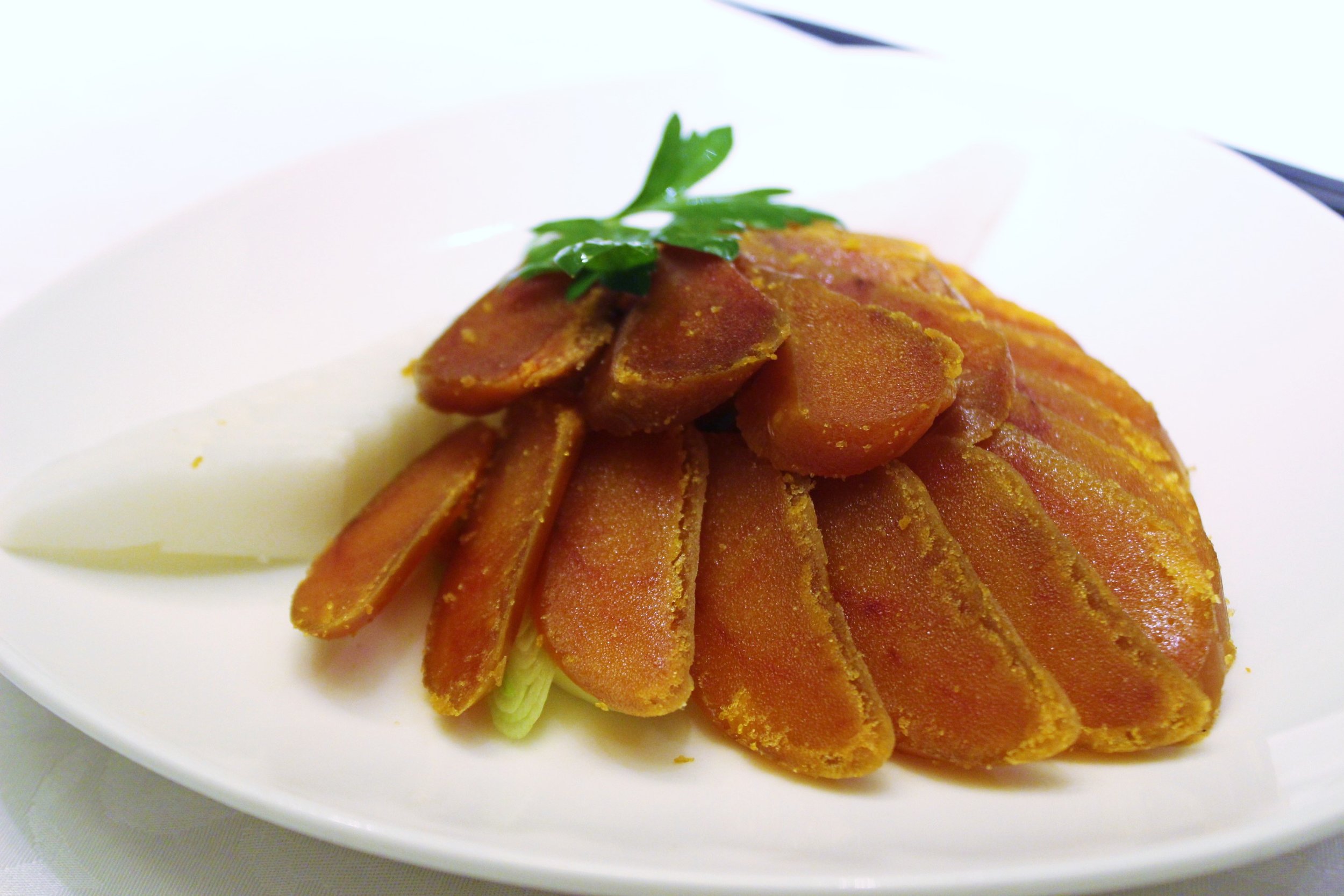
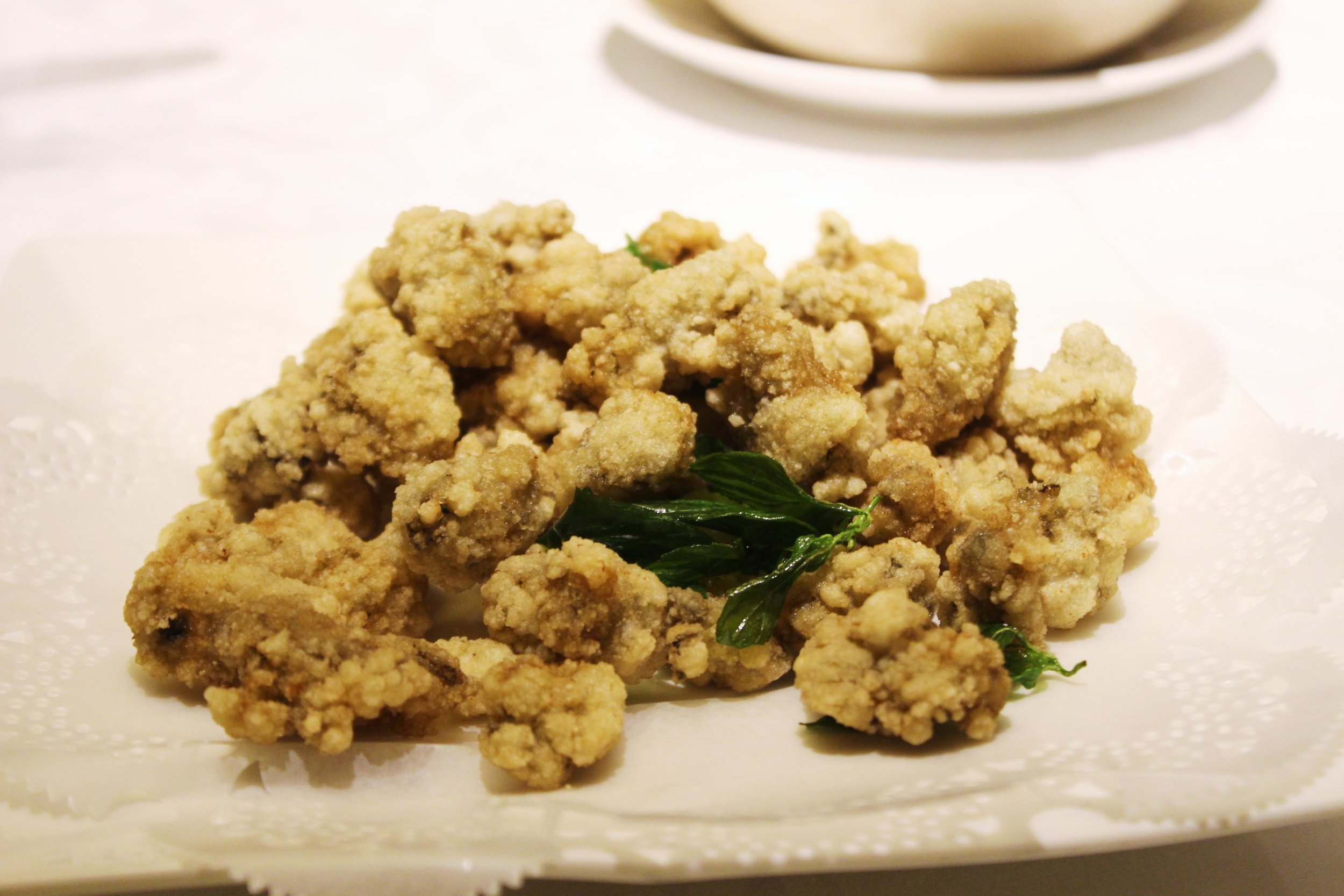
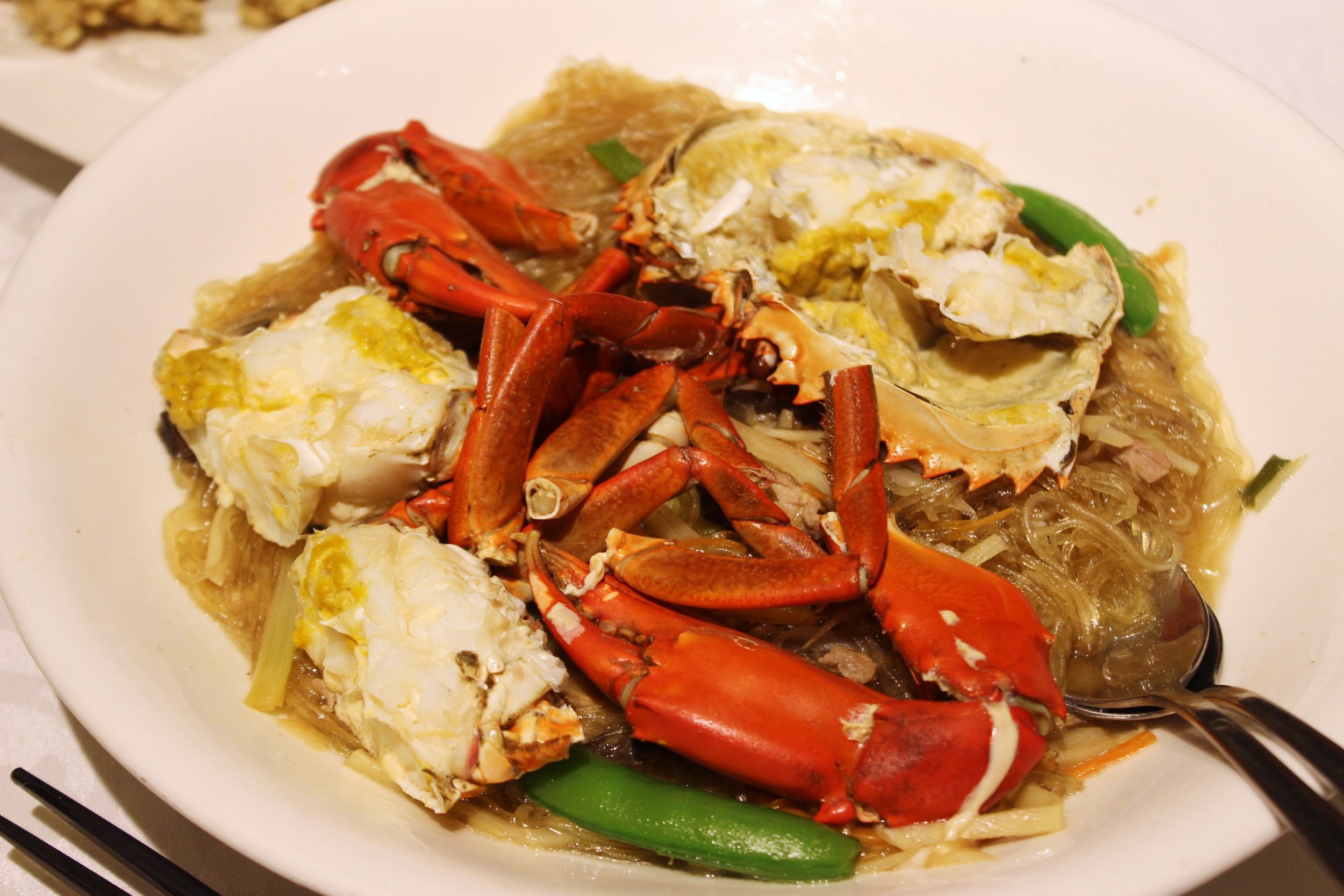
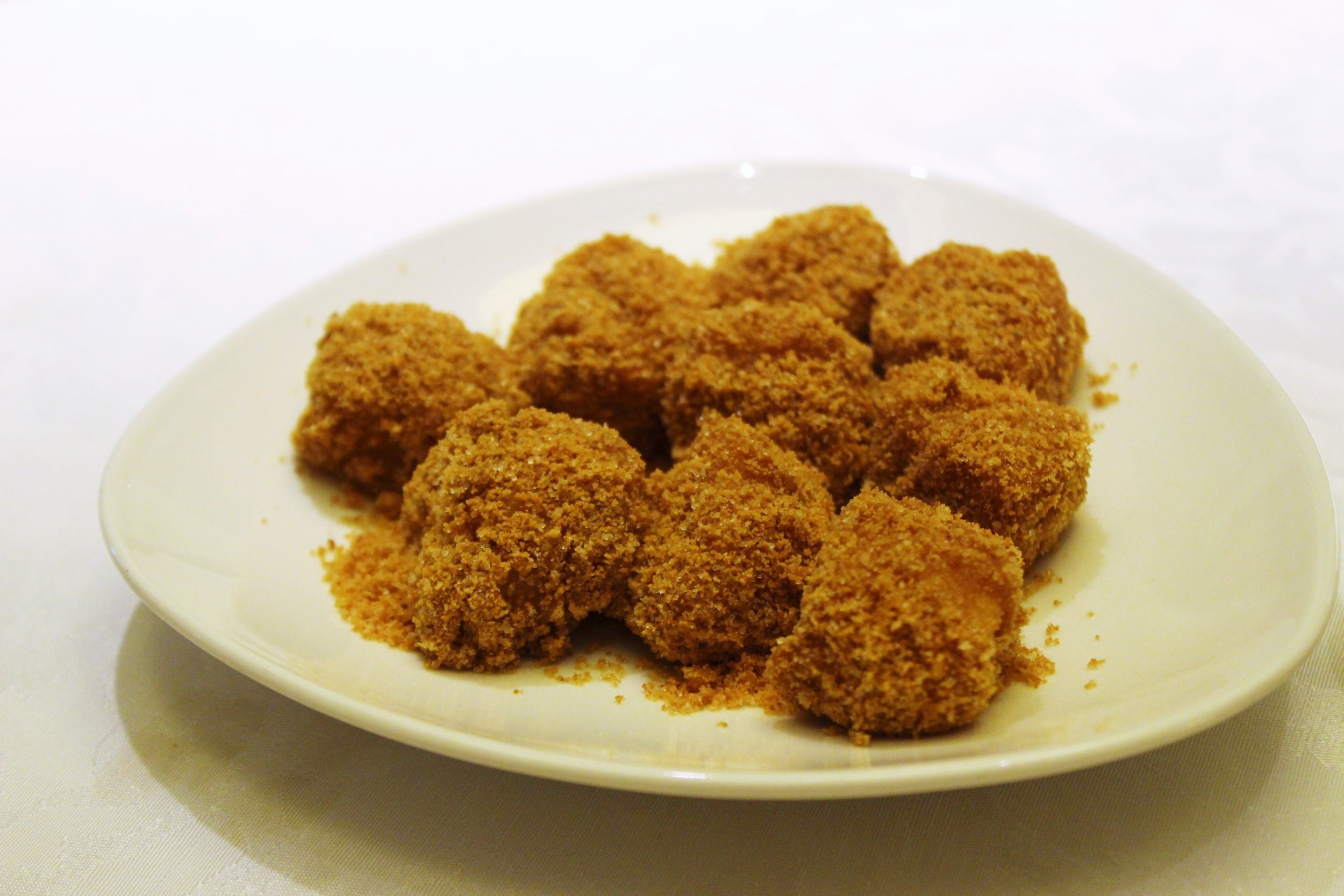
Hi Everyone! Today, we're doing a quick review on one of the most authentic places to go for legit Taiwanese cuisine. Everyone knows about Din Tai Fung's soup dumplings but if you want to try some true, classic Taiwanese food, check out Shin Yeh. In the past, Taiwanese cuisine was primarily enjoyed as street food or in a casual setting. Shin Yeh aimed to change that by creating a restaurant for enjoying Taiwanese food in an upscale, banquet-style setting.
After feeding hungry stomachs for over 30 years, Shin Yeh has become institutionalized through its loyal clientele and delivery of consistent quality. Shih Yeh isvery clean and the staff is accommodating to English speakers like me! When visiting Taiwan, I would highly recommend this restaurant as the first dinner. Why? Well, it's a great place to get a culinary-induced coma to help with the jet lag.
Shin Yeh has several branches. They even have one in Taipei 101. But, for our visit, we went to the one on Shuangcheng Street in the Zhongshan District. So, let's start talking about the food. We ordered a lot of different dishes but I'll only talk about a few special ones to save you some time!
Address: No.34-1 Shuangcheng Street, 雙城街34-1號, Zhongshan District, 台北市 104, Taiwan
Recommended:
Xin Ye Mochi 欣葉麻糬
Wok-seared pork liver with coriander 煎豬肝
Wok-Seared Fresh Crab on Bean Thread Noodles 蟳仔冬粉
Traditional Taiwanese Pork Sausage 台式香腸
Sweet Potato Porridge 地瓜粥
Sweetened Almond Tofu with Peach in Syrup 杏仁豆腐
Simmered mix of wok-seared anchovy and clam meat 小魚蜆肉
Sesame Balls 芝麻球
Sautéed tenderloin with garlic 蒜香菲力煎
Sautéed chives with century eggs 韭菜松花炒
Roasted Mullet Roe with Turnip & Leek 香烤烏魚子
Marinated river clams in garlic soy sauce 蒜香醃蜆仔
Live-steamed seasonal fish with scallion in soy sauce 葱油活魚
Deep Fried Pork Roulade with Coriander & Hai-San Sauce 五香雞卷
Crispy fried fresh oyster with dip 台式炸蚵仔酥
First, we got the Sweet Potato Porridge (地瓜粥). I have never tried this before but it's pretty great and hearty. It's simple and was more comforting than anything else. It's no wonder why this is so heavily rooted in not only Taiwanese but also other Asian cultures. It's cheap, tasty, and healthy, which is basically the trifecta of characteristics that help determine any grandma's grocery list. Next time I get sick, I'll probably just channel my inner grandma and make a weeks' worth of this porridge to save myself the time and the energy. There's actually a ton of different recipes online for this dish so that could be a good time/money-saving activity for anyone else that's interested.
Next, we tried the Roasted Mullet Roe with Turnip & Leek (香烤烏魚子). I've only seen this dish in a few other cuisines. In Japan, they call it Karasumi. In Italy, it is Bottarga. To be honest, in my research and personal experience eating dried mullet roe, I have not been able to differentiate any special characteristics in one country's version or the other. I think they are all the same! I notice that the Taiwanese and Japanese like to eat this grilled, roasted, and whole. Bottarga is often shaved atop other dishes like pasta. Either way, it's all delicious! Since the roe is densely packed and dried, the flavor is super concentrated. To me, it tastes like a fishy version of beef jerky due to its chewy consistency. I recommend trying this delicacy!
Next, we tried the Wok-seared Pork Liver with Coriander (煎豬肝). Hey, it sounds weird but it's actually quite tasty. It's a lot more tender than other livers (e.g. chicken, duck/goose). It is almost like firm tofu. Some people don't like pork liver because it has a stronger metallic taste. That's not a bad thing though. Sometimes, foie gras also has a mild metallic taste. For that reason, pork liver is better prepared and cooked on high heat. When cooked properly, it can mask the strong, metallic flavors. Shin Yeh's Pork Liver was nicely seared on the outside. The liver tasted a little bit sweet on the outside but was savory and creamy on the inside. Pork liver is surprisingly high in minerals and not surprisingly high in protein. While pork liver has a fantastic amount of Vitamin A and Iron, it also has a lot of cholesterol so it's best to limit intake of pork liver.
Our next dish was the Sautéed chives with century eggs (韭菜松花炒). Have you tried Century eggs? They're like normal hard-boiled eggs with a slight exotic flavor. Oh, and they're also black. It's like Dr. Seuss decided to make his green eggs and ended up with black eggs. These eggs are a delicacy in Chinese cuisine and are made by preserving duck/chicken eggs in a mixture of minerals for several weeks or months. The taste definitely has a "preserved" characteristic and is most similar to a smoky, pungent pickled garlic. There is a lot of history and cool facts about century eggs so I'll likely try to make a guide about it in the future!
Lastly, I must confess that we had Shark Fin Soup (魚翅湯). I don't support shark finning at all but I could not say no to avoid disrespecting our hosts. Shark fin soup is a traditional Chinese soup that has been around for about a millennium. It is a luxury delicacy that embodies good fortune and prosperity. It's very expensive and can cost a few hundred dollars for just a large bowl. To be honest, it doesn't taste like much. The most interesting part about it is its texture, which is stringy and slightly crunchy. It adds viscosity to the broth and makes it seem deceivingly thick. I think that sea cucumber would be a better alternative to shark fin soup.
While many restaurants, cities, or countries have banned this dish, I do understand that this dish is deeply rooted in Chinese culture. But, there's nothing simple economics can't fix! Instead of banning it completely, a heavy tax on the product could help reduce demand and increase the price point for a single bowl of shark fin to dissuade both consumers and producers.
